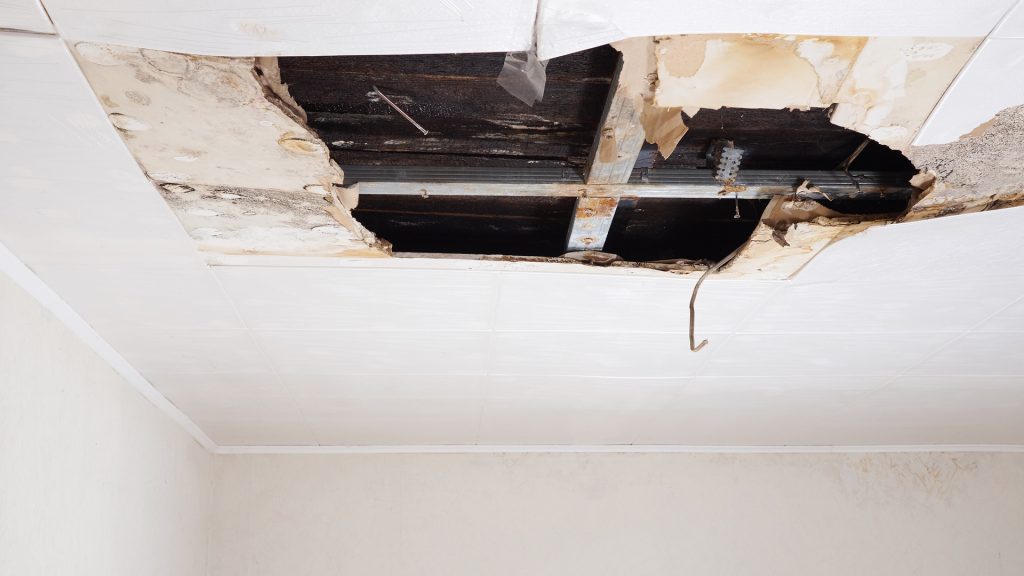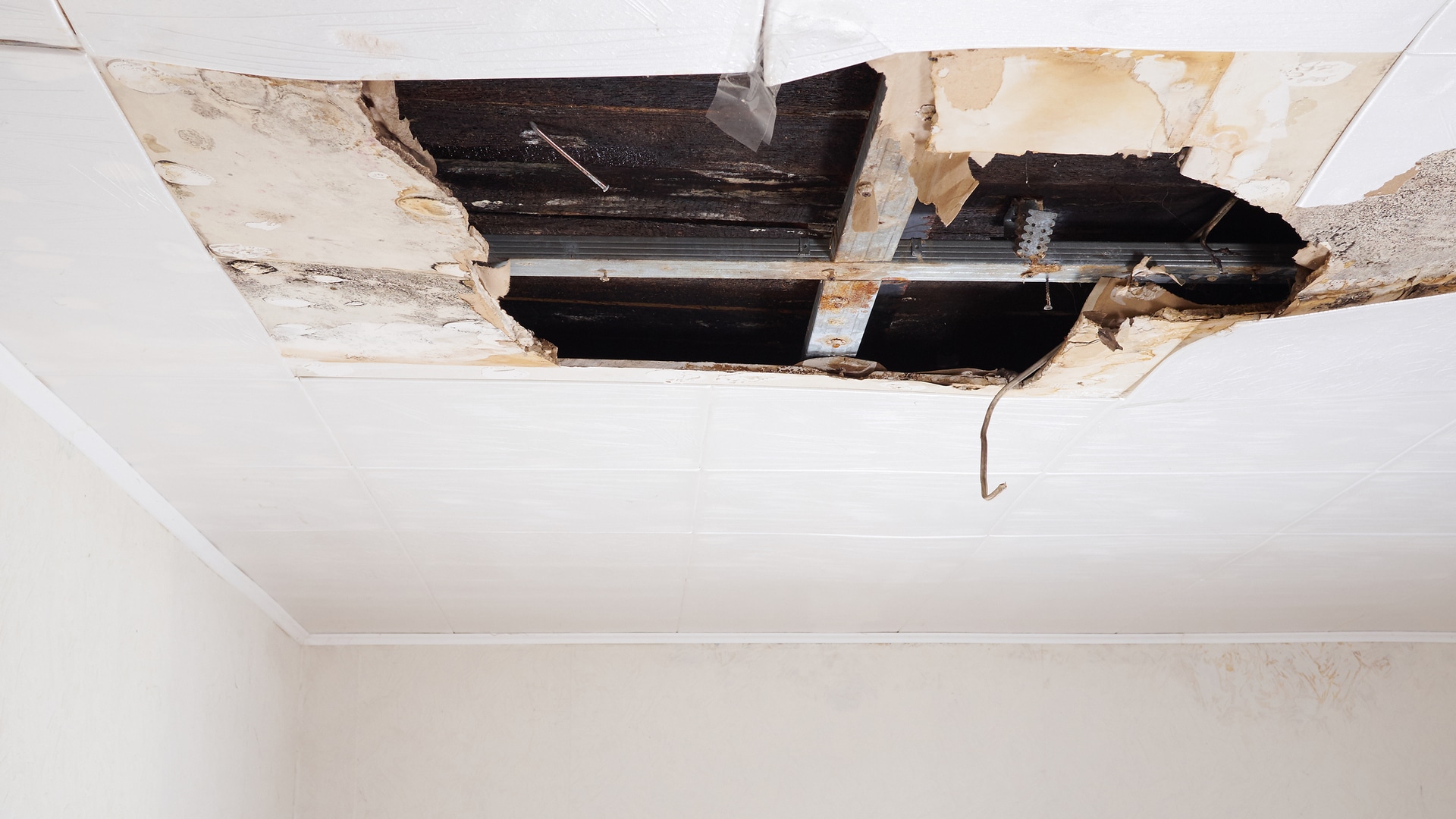Discover the reasons behind a deteriorating ceiling and explore effective solutions to address the alarming issue. Learn how to navigate the challenges when you find that your ceiling is falling down and ensure the safety and integrity of your home.

Unveiling the Causes – My Ceiling Is Falling Down
When faced with the unsettling realization that your ceiling is falling down, it’s crucial to understand the underlying causes. Delve into the possible reasons and take proactive steps to rectify the situation.
Common Causes of a Falling Ceiling:
- Water Damage:
- Water leaks from a damaged roof, burst pipes, or plumbing issues can weaken the structural integrity of the ceiling, leading to sagging and eventual collapse.
- Structural Issues:
- Issues with the building’s structure, such as inadequate support or compromised load-bearing elements, can contribute to a ceiling’s deterioration over time.
- Age and Wear:
- Ceilings, like any other part of a structure, have a lifespan. Aging materials and wear-and-tear can result in weakened ceilings that may eventually collapse.
- Termite or Pest Damage:
- Infestations by termites or other pests can compromise the wood components of the ceiling, making it susceptible to falling.
What To Do If Your Ceiling Is Falling Down:
- Ensure Safety:
- Prioritize safety by evacuating the affected area. Avoid standing directly under the sagging or falling section of the ceiling.
- Identify the Source:
- Determine the cause of the ceiling damage. If it’s a water leak, address the leak promptly to prevent further damage.
- Consult Professionals:
- Seek the expertise of contractors or structural engineers to assess the extent of the damage and recommend appropriate repairs.
- Temporary Supports:
- Install temporary supports, such as braces or props, to prevent further collapse until permanent repairs can be undertaken.
Repairing a Falling Ceiling:
- Address Water Damage:
- Repair the source of water leaks and ensure proper drainage to prevent future water-related issues.
- Structural Repairs:
- Engage professionals to assess and repair any structural issues contributing to the ceiling’s deterioration.
- Ceiling Replacement:
- In severe cases, a falling ceiling may need to be replaced. This involves removing the damaged sections and installing new materials.
- Pest Control Measures:
- If pests are the culprits, implement pest control measures to eliminate the infestation and prevent further damage.
Preventive Measures for a Healthy Ceiling:
- Regular Inspections:
- Conduct regular inspections of your home’s ceiling for signs of damage, sagging, or discoloration.
- Prompt Repairs:
- Address any issues, such as leaks or structural concerns, promptly to prevent them from escalating.
- Termite Inspections:
- Schedule periodic termite inspections to catch infestations early and mitigate potential damage.
- Proper Ventilation:
- Ensure proper ventilation in your home to prevent moisture buildup, which can contribute to ceiling deterioration.
Read too: Is Bathroom Ceiling Mold Dangerous to Your Health and Home? Unveiling the Threat
Conclusion: Safeguarding Your Home from Ceiling Issues
In conclusion, discovering that your ceiling is falling down can be a distressing experience, but swift and informed action can mitigate further damage. Understanding the causes and seeking professional assistance for repairs are crucial steps in ensuring the safety and longevity of your home.
Remember to prioritize preventive measures and regular inspections to catch potential issues before they escalate. A well-maintained ceiling contributes to the overall structural integrity and safety of your living space.
